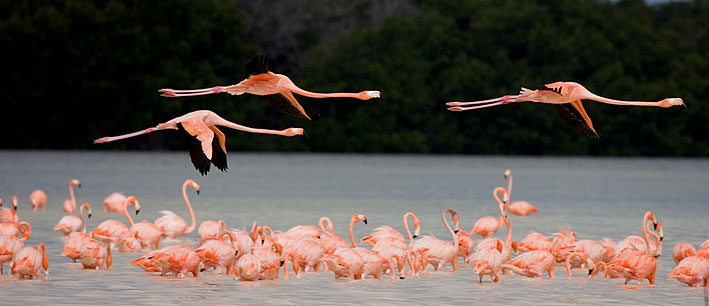August 2007
Distant ferruginous duck at Chew on 28th.
Like a hurricane?
I left for Merida on the Yucatan peninsula of Mexico on 18 August, knowing that the eye of Hurricane Dean was likely to pass through the city on 21st, after hitting the coast of Yucatan as a category 5 hurricane, the 3rd strongest hurricane to hit the Americas. Quite a few scientists decided not to travel to the International Bat Research Meeting in Merida. After a flurry of emails I picked up at Houston, and announcements like 'the plane will be delayed because we have to load 30 crates of water', I wondered about turning back, but was glad I didn't. The hurricane's strength dissipated rapidly after it hit land, and it took a slightly more southerly trajectory than initially forecast. We ended up with a relatively innocuous tropical storm in Merida, and in any case the hotel was strong enough to withstand a category 4 hurricane. The photos below are an image taken from the space shuttle by NASA, and a satellite image of the hurricane on 21 August. We were where the arrow points.
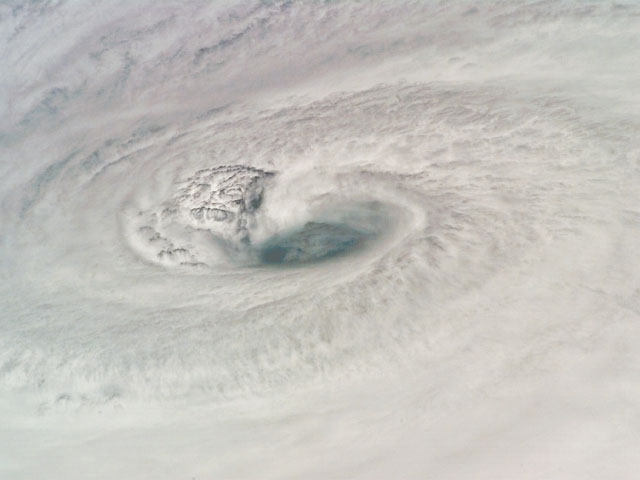
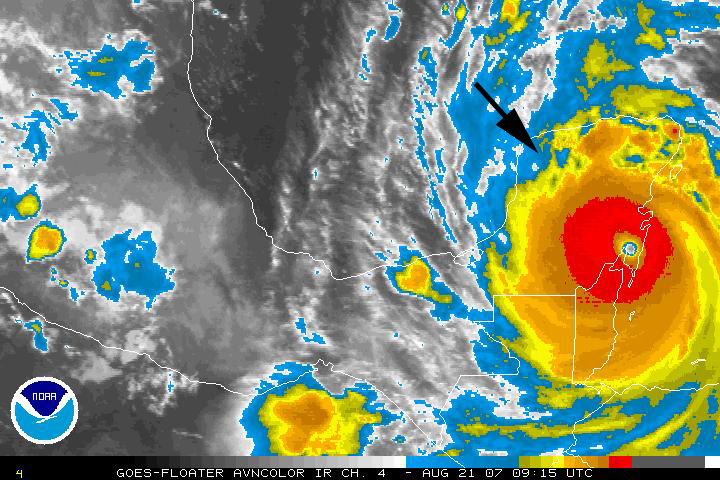
No time for birding during the meeting, but on 24th I was able to visit the Celestun biosphere reserve.
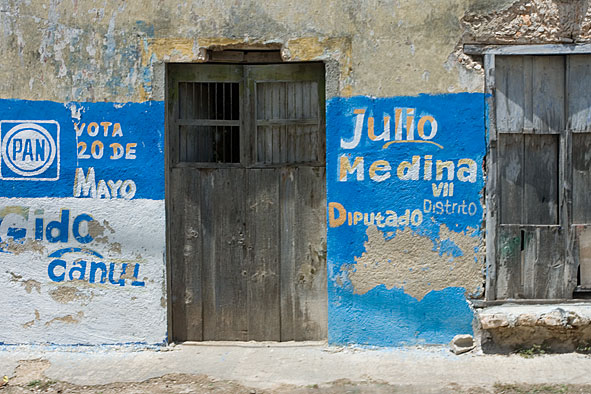
Birds here included boat-billed and green herons.
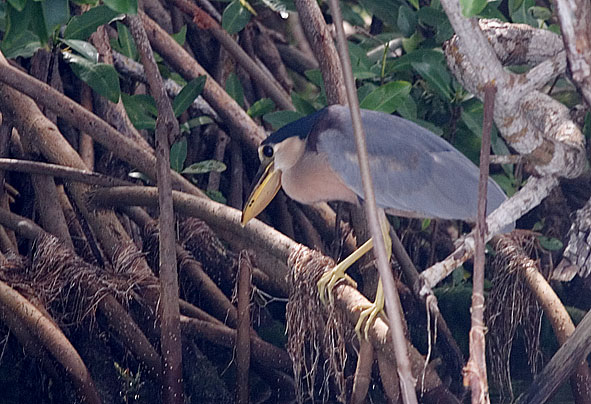
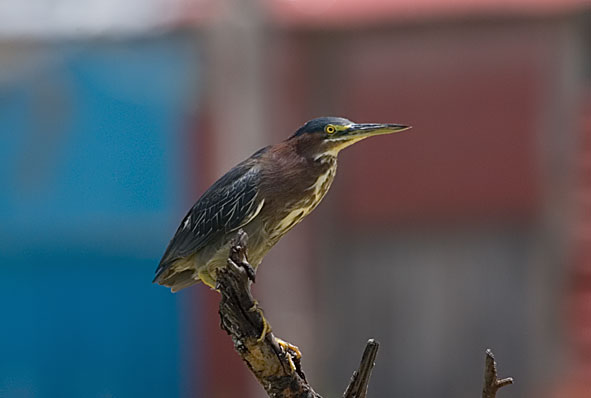
Brown pelicans
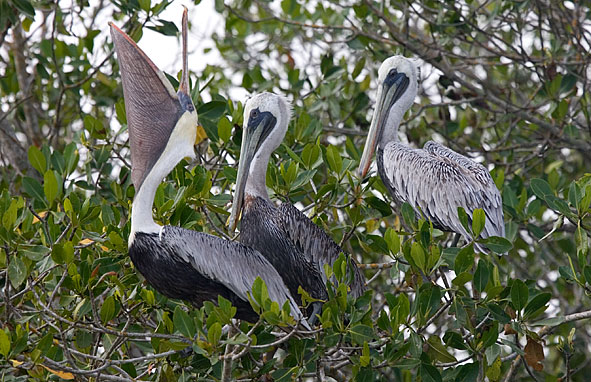
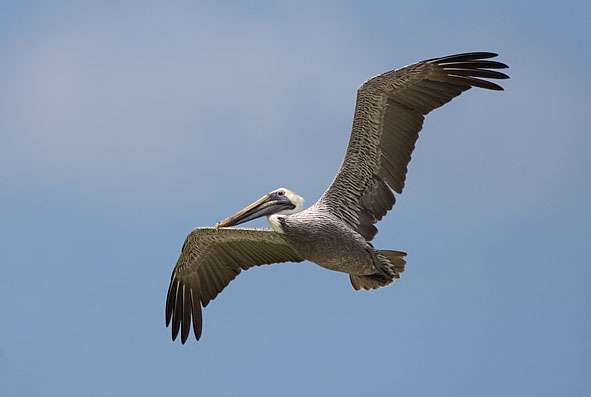
Laughing gull and what I think is a juvenile lesser yellow-headed vulture.
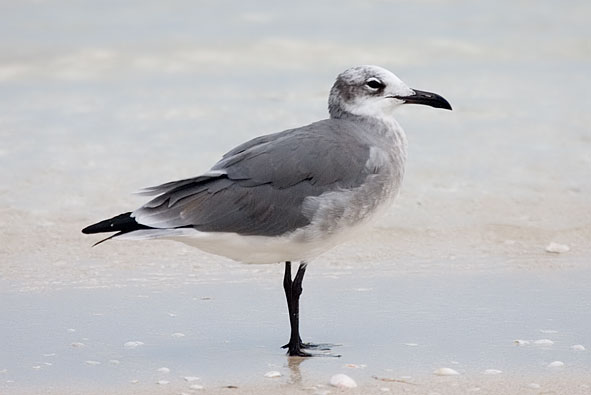
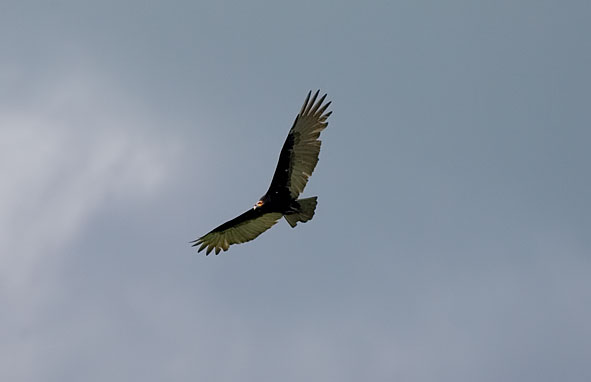
Waders included spotted sandpiper and willet.
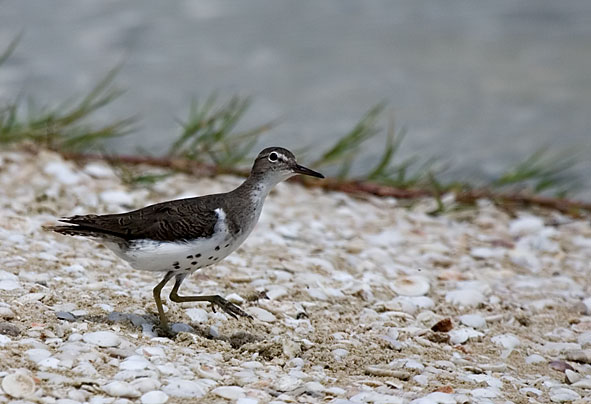
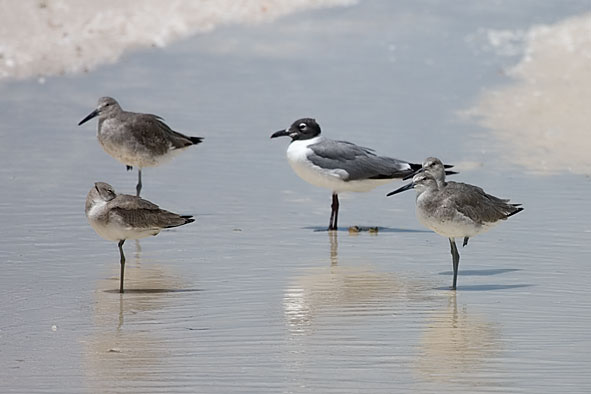
I also saw double-crested cormorants and American pygmy kingfisher.
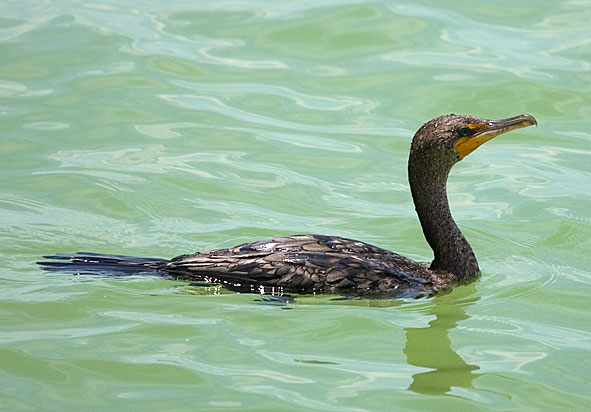
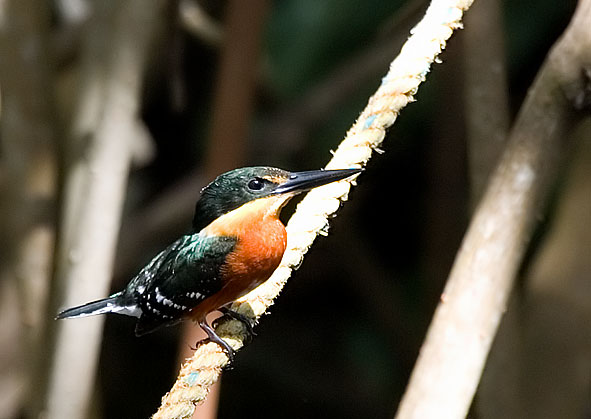
Celestun is most famous for being a feeding ground for thousands of greater flamingos. Click on the image below to see more images of them.
We had lunch at the Ochil Hacienda on the road to Uxmal, where I found a roost of black mastiff bats (Molossus rufus).
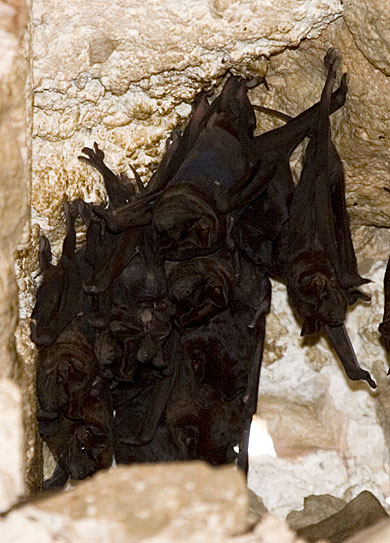
After visiting some Mayan ruins at Oxkintock we set up some mist nets at a nearby cave (Calcehtok grotto), and caught the following bats:
Jamaican Fruit-eating Bat - Artibeus jamaicensis; Pallas's Long-tongued Bat - Glossophaga soricina; Ghost-faced Bat - Mormoops megalophylla; Broad-eared Bat - Nyctinomops laticaudatus (big roost present); Davy's Naked-backed Bat - Pteronotus davyi; grey sac-winged bat Balantiopteryx plicata.
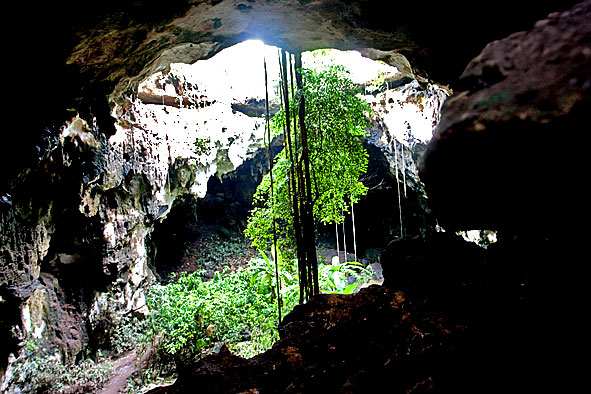
The bat with its eyes in its ears - Mormoops megalophylla. Photos by Steve Rossiter.
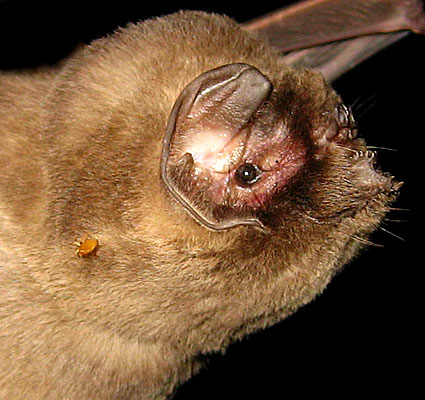
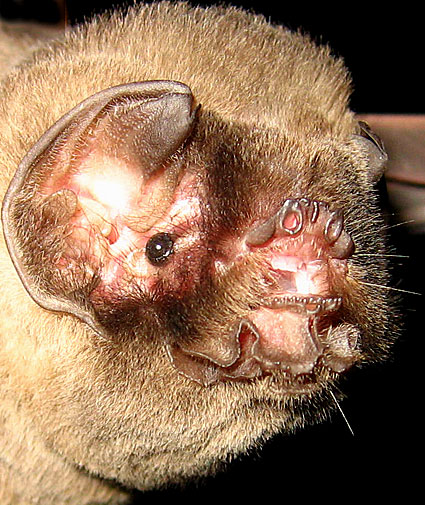
Mexico bird list (all on Celestun trip)
- Magnificant frigatebird
- Brown pelican
- Double-crested cormorant
- Neotropic cormorant (one group of 3)
- Green heron (2)
- Boat-billed heron (3)
- Great blue heron
- Greater flamingo
- Roseate spoonbill (1)
- Great egret
- Tricolored heron (1)
- Little blue heron (3, coast)
- Snowy egret
- White ibis
- Turkey vulture
- Lesser yellow-headed vulture (1)
- Black vulture
- Hook-billed kite (1)
- Great black hawk (1)
- Black-bellied plover (3)
- Black-necked stilt
- Spotted sandpiper
- Ruddy turnstone (2)
- Willet (ca. 5)
- Sanderling (1)
- Laughing gull
- Sandwich tern
- Royal tern
- Common ground dove
- Ruddy ground dove
- White-winged dove
- White-tipped dove (1)
- Feral pigeon
- Aztec parrot
- Groove-billed ani (one family)
- Turquoise-browed motmot (2)
- American pygmy kingfisher (2)
- Ivory-billed woodcreeper
- Dusky-capped flycatcher
- Great kiskadee (2)
- Green Jay (1)
- Tropical mockingbird (2)
- Ridgeway's rough-winged swallow
- Cave swallow (1)
- Purple martin
- Yellow warbler
- Blue-black grassquit
- Black-headed saltator (1)
- Great-tailed grackle
- Bronzed cowbird
- Yellow-tailed oriole (1)
- Hooded oriole (1)
Ring-necked parakeet from the M25 near Runnymede on the way to Gatwick on 18th.
On 9th I saw a black-necked grebe, redshank and green sandpiper at Chew Valley Lake. I missed the ferruginous duck, spotted crake and spotted sandpiper.
